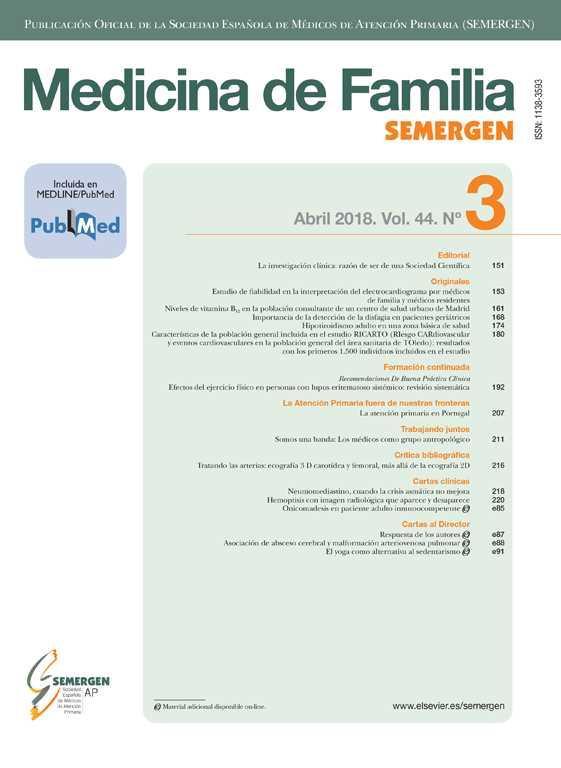. Cuantificar la mortalidad directamente atribuible al consumo de bebidas alcohólicas en Andalucía en el año 1999.
Metodología. Se obtuvo la mortalidad atribuible al alcohol (MAA) específica por género para cada causa específica de defunción, aplicando las correspondientes fracciones poblacionales atribuibles al alcohol (FPAA) a los datos oficiales de mortalidad en Andalucía. Se calcularon los años de vida potencialmente perdidos para cada causa de muerte relacionada con el consumo de alcohol.
Resultados. Son atribuibles al consumo de alcohol el 4,3% de las defunciones totales del año 1999 en Andalucía, un 5,5% de las muertes de hombres y un 2,9% de las muertes de mujeres. Las enfermedades cerebrovasculares aportan una quinta parte de las defunciones atribuidas al alcohol (37% en mujeres), seguidas de los accidentes de tráfico (14%), cánceres de esófago (8%), estómago (7%) y suicidios (7%). El alcohol es responsable de un adelantamiento promedio de la defunción en 8,3 años para ambos sexos y todas las causas de mortalidad relacionadas con el alcohol, siendo los accidentes, intencionales y no intencionales, los responsables de las cifras medias más elevadas de mortalidad prematura.
Conclusiones. Las causas de defunción relacionadas con el consumo de alcohol siguen originando una importante mortalidad prematura en Andalucía.
. Quantify the mortality that is attributable to alcoholic drink consumption in Andalucia in 1999.
Methodology. The specific mortality that is attributable to alcohol (MAA) by gender was obtained for each specific cause of death, applying the corresponding population fractions that can be attributed to alcohol (PFAA) to the official mortality data in Andalucia. The years of potentially lost life were calculated for each cause of death related with alcohol consumption.
Results. A total of 4.3% of the total deaths in 1999 in Andalucia, 5.5% of the deaths of males and 2.9% of the deaths of women are attributable to alcohol consumption. Cerebrovascular diseases contribute one fifth of the deaths attributable to alcohol (37% in women), followed by traffic accidents (14%), esophageal cancers (8%), stomach cancer (7%), and suicides (7%). Alcohol is responsible for the average advance of death by 8.3 years for both genders and all the alcohol related mortality causes, accidents, both intentional and non-intentional, being responsible for the highest mean values of premature mortality.
Conclusions. The causes of death related with alcohol consumption continue to produce significant premature mortality in Andalucia.






